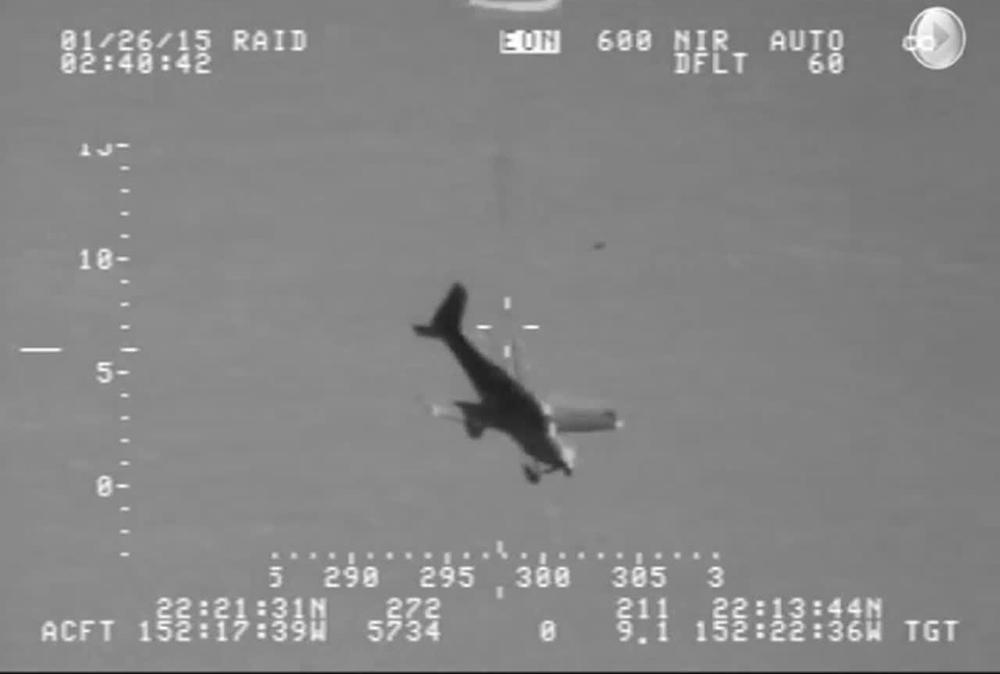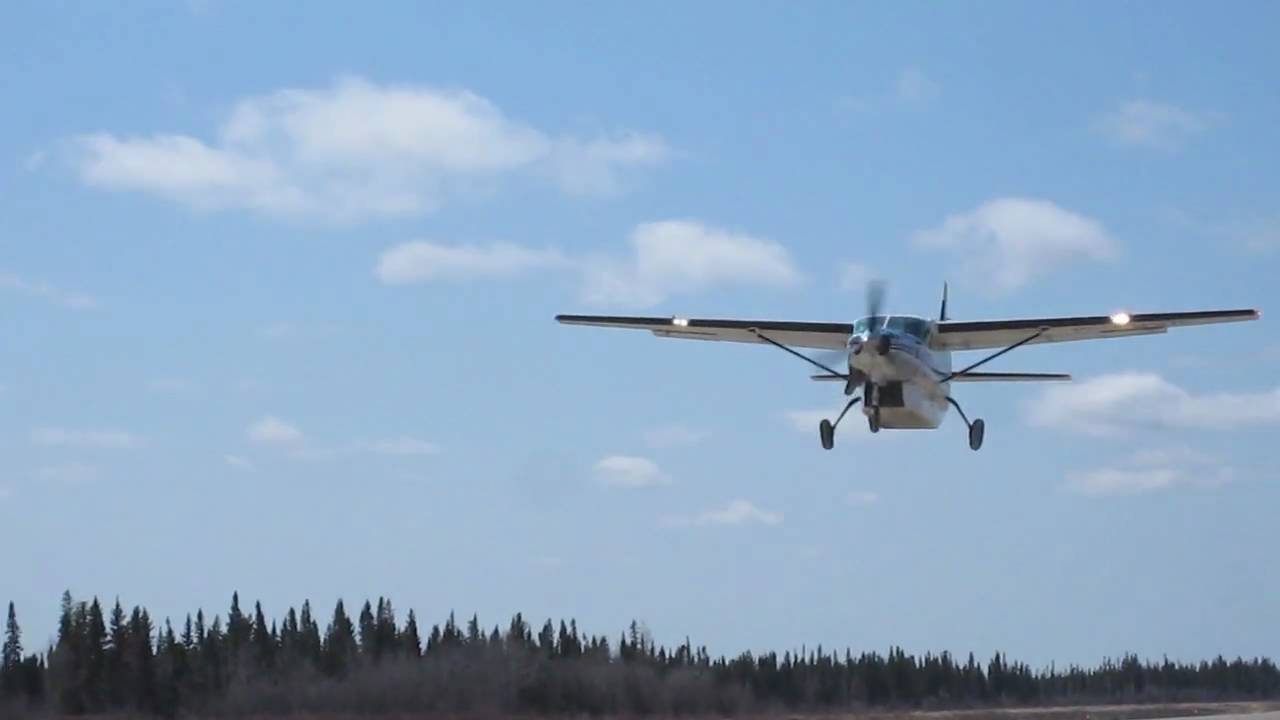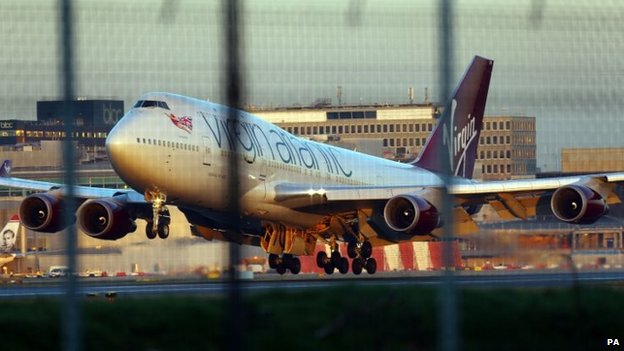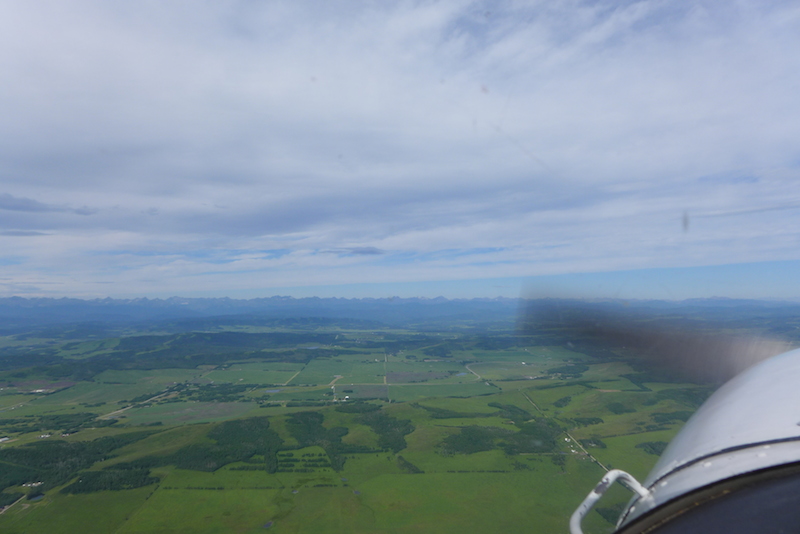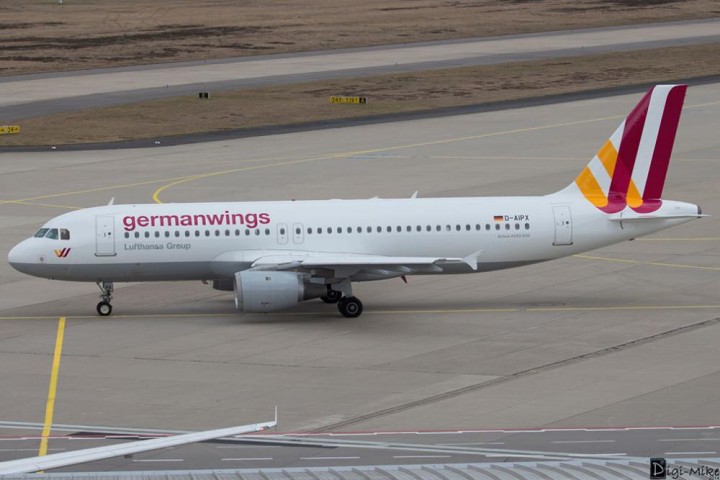
Sad news today, as a Germanwings Airbus A320 crashed in the French Alps while enroute from Barcelona, Spain to Dusseldorf, Germany with 150 souls on board. There were 144 passengers on the flight and 6 crew members, who all perished in the crash.
The wreckage has been located by a French search helicopter shortly after 11 am local time and confirmed no survivors. Investigators have began the painstaking process of unravelling why the plane crashed. Flight 9525 took off without incident from Barcelona and reached it’s cruising altitude of 38,000 feet, when it entered into a controlled descent as it crossed over the French coastline in excellent weather.
The jet began to descend in a straight line for 85 nautical miles before it crashed into the foothills of the Alps near the French town of Prads-Haute-Beleone. The jet was within gliding distance of the French Riviera airport of Marseille, which has a runway over 11,000 feet long. Altitude was being lost at a constant rate and it’s ground speed dropped slightly, according to radar data, suggesting the plane was in a controlled descent. The descent lasted 8 minutes before the plane impacted the terrain.
The A320 involved in the crash was put in service in 1991 for Lufthansa and flew for many years until being transferred to it’s subsidiary, Germanwings. The captain has flown for the airline for 10 years and has accumulated 6000 hours in the A320.


